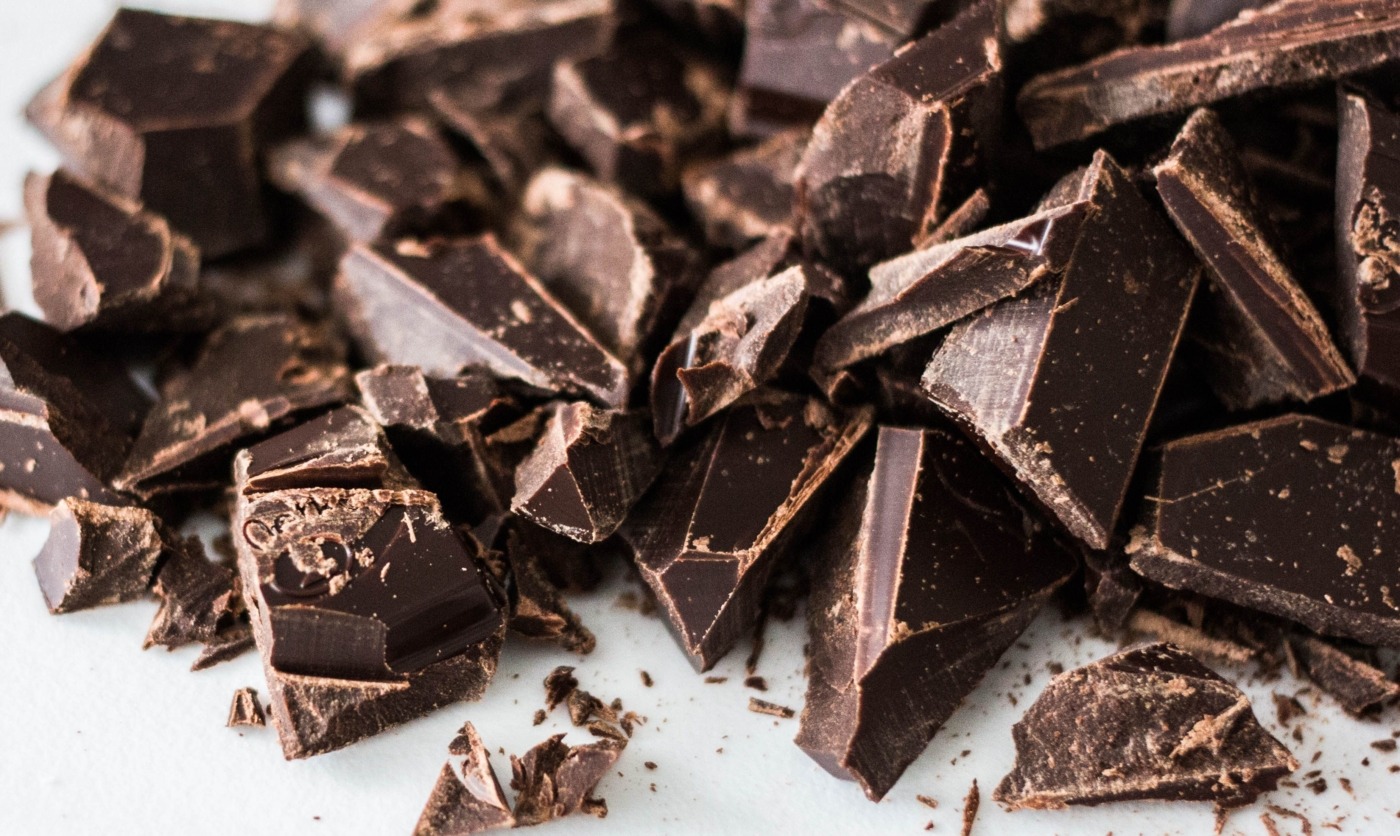Where did chocolate really come from?
Chocolate is a mainstay of the modern diet. The global chocolate market was estimated to be worth $98.3 billion in 2016, which is hardly surprising. It’s the go-to gift for any birthday, the ideal ingredient for many desserts, and the small treat of a lunchbox which brightens the miserable workday of the alienating capitalist nightmare. Chocolate puts you in a world of imagination. But what is the origin story of the fabled treat?
Surprisingly, it doesn’t come from Loompa Land but from South America. Researchers from the University of British Columbia have published research in Nature about the domestication of the cacao tree, which provides the essential ingredient for chocolate. The previous consensus was that the cacao tree and its seeds were domesticated by ancient Mesoamerican cultures, particularly the Maya. However, the research team analysed artefacts from Santa Ana-La Florida in Ecuador which is home to the Mayo Chinchipe culture. And their evidence points to its home being in Ecuador, rather than Central America.
The global chocolate market was estimated to be worth $98.3 billion in 2016, which is hardly surprising
Analysing excavated artefacts belonging to the Mayo Chinchipe found high concentrations of theobromine, a chemical highly concentrated in cacao seeds which are technically poisonous. While it doesn’t endanger humans, it’s the reason why dogs can’t eat chocolate. Results also showed cacao tree starch grains, and sequenced mitochondrial DNA that matched DNA from cacao trees.
The significance of these results is that cacao was first domesticated earlier than previously thought. Previous study into ancient Ecuadorian ceramics, as well as genomic data from the cacao tree, hinted at this and these new findings further validate this theory. Professor Michael Blake said that cacao was “used by people in this area more than 5,000 years ago – way earlier than we have ever found in Mesoamerica and Central America”, which was corroborated by radiocarbon dating and DNA analysis.
Previous study into ancient Ecuadorian ceramics, as well as genomic data from the cacao tree, hinted at this and these new findings further validate this theory
Their discoveries paint a fascinating picture of the role of cacao in the lives of the Mayo Chinchipe, who had very different ideas about what to do with the plant. Their presence in much of the crockery analysed indicates cacao seeds were being ground in their bowls to make a hot cacao beverage much like the drinks from Mesoamerican cultures. Blake speculates that it was this drink that popularised cacao in the New World, earning high praise from the Maya that called it “the food of the gods.” However, the traditional recipe of cold water and chili peppers is unrecognisable from the sweeter frothing milk and fluffy marshmallows of modern hot chocolates.
Cacao traces were also discovered in tombs as they were used as funeral offerings. Can you imagine being buried with a Kit Kat? Or people putting lint chocolates on your tombstone instead of lilies? It’s certainly a though-provoking alternative to our constant chocolate consumption. I’m personally torn between offering the most prized gift money can buy, and the sacrilege of giving chocolate away that won’t ever be eaten.
Their presence in much of the crockery analysed indicates cacao seeds were being ground in their bowls to make a hot cacao beverage much like the drinks from Mesoamerican cultures
Professor Blake sees this as vindication for a decade’s long hypothesis from botanists about the origin of cacao and chocolate. But other scientists, such as Dr Omar Cornejo, have voiced scepticisms about such claims. Dr Cornejo led a study in the Criollo valley in Ecuador proving the origin of cacao usage is indeed Ecuador. But he emphasises that it doesn’t mean it was domesticated in Ecuador, which would require other pieces of genetic evidence that demonstrates intensive breeding associated with artificial selection. As Dr Cameron McNeil says, “domestication occurs along a continuum” and many groups including the Mayo Chinchipe and Maya participated in the birth of cacao and chocolate. If you want to show your appreciation for the creators of chocolate, then you have a long list of people to thank.

Comments
Comments are closed here.